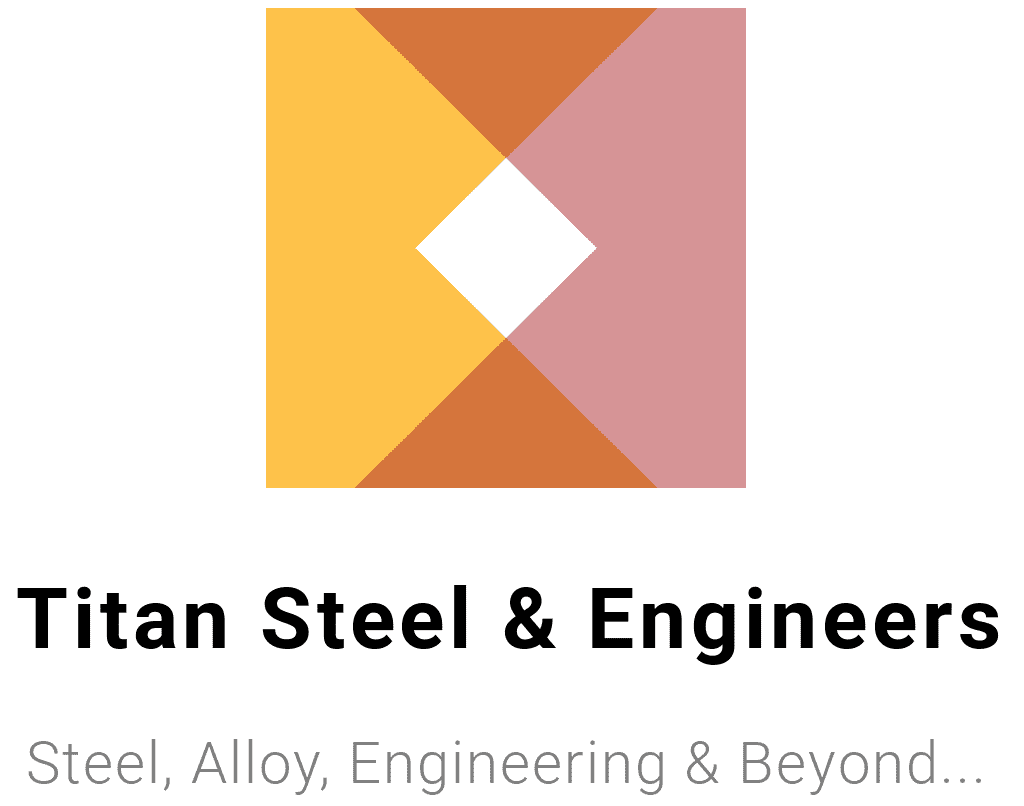The Ultimate Guide to Stainless Steel Springs: Benefits and Applications
Stainless steel springs are a crucial component across various industries, from automotive manufacturing to precision engineering. stainless steel springs These highly versatile and reliable components deliver superior performance, making them a popular choice for applications that demand strength, durability, and precision. But what sets stainless steel springs apart, and how do their unique properties benefit engineers and manufacturers?
This blog explores the key advantages of stainless steel springs, from superior surface finish to enhanced strength and corrosion resistance. Whether you’re designing complex machinery or crafting precision instruments, read on to discover why stainless steel springs could be the ultimate solution for your project.
What Are Stainless Steel Springs?
Stainless steel springs are mechanical components typically made from spring steel wire, a material prized for its high tensile strength, elasticity, and durability. They are designed to store mechanical energy and release it when needed, making them essential for various applications, including load-bearing tasks, energy absorption, and motion control.
By combining advanced material properties with expert engineering, stainless steel springs deliver consistent performance, even in demanding environments. Here’s a breakdown of the different attributes that make these springs stand out.
The Top Benefits of Stainless Steel Springs
Superior Surface Finish
One of the standout qualities of stainless steel springs is their smooth and clean surface finish. This feature is more than just aesthetic—it plays a vital role in enhancing the overall functionality of the spring.
- Reduced Friction and Wear: A superior surface finish minimizes friction, which in turn reduces wear and tear over time. This increases the lifespan of the spring and ensures consistent performance.
- Applications Where It Matters: Precision instruments, such as medical devices or aerospace components, often rely on stainless steel springs with smooth finishes to deliver flawless performance. Additionally, in automotive fuel injection systems, reduced friction ensures long-term reliability and efficiency.
High Dimensional Accuracy
Dimensional accuracy is critical to the performance of any spring, as even slight deviations in size can compromise its functionality. Stainless steel springs boast exceptional dimensional accuracy, making them ideal for components where precision is non-negotiable.
- Why It’s Important: Accurate dimensions ensure a spring fits perfectly within its designated space, operates effectively, and maintains uniform stress distribution.
- Where It’s Used: High-precision applications include automotive suspension systems, where precise spring dimensions ensure optimal handling and stability, and miniature electronic assemblies, where even micrometric inaccuracies can disrupt circuit performance.
Enhanced Strength and Hardness
Stainless steel springs offer remarkable strength and hardness, allowing them to withstand intense mechanical stresses without breaking or deforming. This property makes them ideal for heavy-duty tasks and high-stress environments.
- Withstanding High-Stress Environments: Their high tensile strength enables stainless steel springs to handle heavy loads without risk of failure. This makes them indispensable in machinery where reliability under pressure is paramount.
- Examples of Applications: Heavy machinery, industrial equipment, and automotive engines benefit from the strength and hardness of stainless steel springs. For instance, in construction equipment, these springs manage high loads and vibrations effectively.
Excellent Machinability
Stainless steel is known for its excellent machinability, which simplifies the manufacturing process of springs. This feature helps manufacturers reduce production costs and shorten lead times while maintaining quality.
- How it Reduces Costs: The machinability of stainless steel allows for efficient shaping and forming processes, which in turn lowers operational costs and speeds up production.
- Tips for Machining Spring Steel Wire: Employ carbide tooling for greater wear resistance, and use cutting fluids to minimize heat generation. These practices ensure smooth machining, resulting in high-quality components.
- Where it Helps: Industries requiring rapid prototyping or custom-made springs for specific applications often benefit from the machinability of stainless steel. Think automotive prototyping and medical device manufacturing.
Improved Corrosion Resistance
One of stainless steel’s standout qualities is its ability to resist corrosion—a feature that significantly extends the lifespan of springs.
- Extended Durability in Harsh Conditions: Stainless steel springs resist rust and corrosion, even when exposed to moisture, chemicals, or saltwater. This durability is particularly critical for industries like marine engineering and chemical processing.
- Applications in Challenging Environments: Marine equipment, offshore drilling rigs, and even outdoor automotive components benefit from springs that retain their structural integrity despite prolonged exposure to corrosive elements.
Where Are Stainless Steel Springs Used?
Given their numerous advantages, stainless steel springs are used in a wide variety of applications, including:
- Automotive Industry: Suspension systems, engine components, and precision fuel-injection mechanisms.
- Aerospace Engineering: Aircraft components requiring lightweight yet durable springs with high precision.
- Medical Devices: Surgical instruments and diagnostic tools that demand high-performance materials with minimal friction.
- Industrial Machinery: Heavy-duty equipment and conveyors where springs must endure significant mechanical stress.
- Marine Applications: Boats, yachts, and offshore equipment that face prolonged exposure to corrosive saltwater.
Why Choose Stainless Steel Springs?
The unique properties of stainless steel springs make them indispensable in manufacturing and engineering. Here’s a quick recap of their key benefits:
- Smooth Surface Finish: Minimizes friction and wear.
- Exceptional Dimensional Accuracy: Guarantees consistent, reliable performance.
- Unparalleled Strength and Hardness: Withstands heavy loads and stress.
- Ease of Machining: Leads to lower production costs and shorter lead times.
- Outstanding Corrosion Resistance: Extends lifespan in harsh environments.
Whether you’re designing heavy machinery or crafting precision medical devices, stainless steel springs are a dependable solution that offers unmatched versatility and reliability.
Moving Forward with Stainless Steel Springs
Stainless steel springs are more than just mechanical components—they are essential allies in creating efficient, durable, and reliable systems across industries. Their superior material properties, combined with precision engineering, make them a top choice for engineers, manufacturers, and automotive professionals alike.
Are you ready to integrate stainless steel springs into your next project? Start by exploring options tailored to your specific application needs—these durable, high-performance springs could be the key to optimizing your designs.

